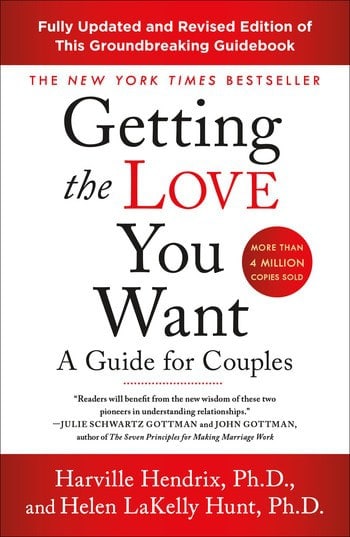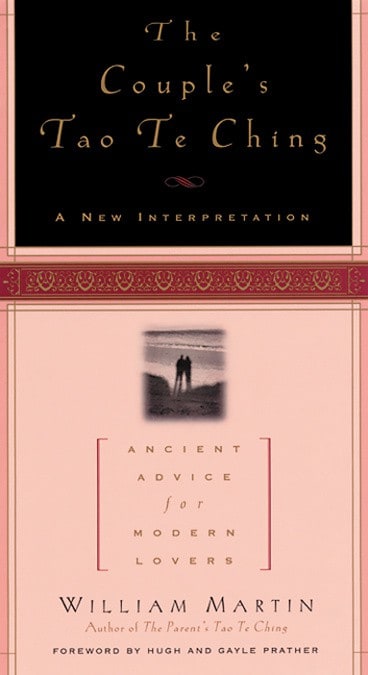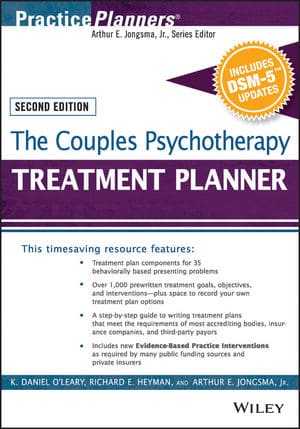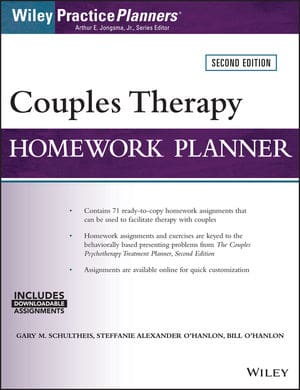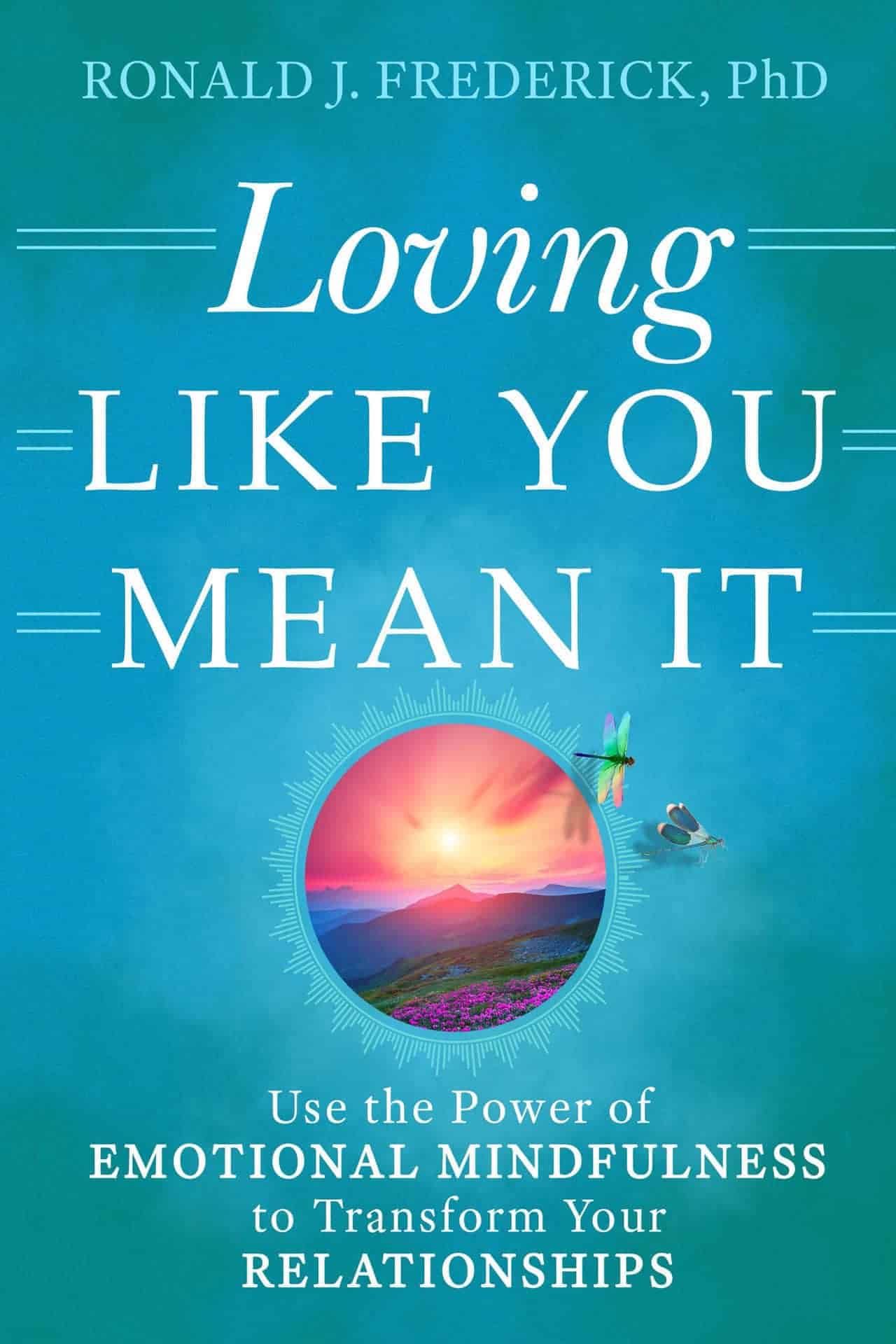Therapy
Couples Therapy
THC Editorial Team February 18, 2021

Contents
What Is Couples Therapy?
Couples therapy is a type of psychotherapy usually administered by licensed marriage and family therapists (LMFTs) and focused on strengthening romantic relationships. Conflict in such relationships often arises when people communicate ineffectively or avoid talking about problems that arise over time. Long-term relationships are generally considered healthiest when people commit equal time, effort, and energy to them. Unfortunately, couples tend to seek therapy only after deeply rooted maladaptive behaviors have been established through years of unaddressed conflict. Despite the severity of a couple’s challenges, this form of therapy can strengthen bonds between them or offer a healthy way for one person to recognize their need to separate from the other.1
People often seek couples therapy in order to resolve relationship conflicts, gain new perspectives, and improve satisfaction and overall well-being. Although some people think the purpose of couples therapy is to address severe issues such as adultery or addiction, it offers a comfortable, safe environment for couples to discuss any topic—from the mundane to the more serious—with which they may have difficulties. Examples of commonly addressed concerns include financial challenges, parenting skills, intimacy, extended family pressures, health, substance use problems, and anger or communication issues. This form of therapy can be used as a productive tool to mitigate problems before they worsen, or as a safe space to communicate during transitional or stressful periods.1
Couples therapy is suitable for people in any kind of romantic relationship, regardless of their sexuality, age, race, marital status, or gender. Sessions can be attended separately and/or together; however, people generally experience the greatest progress when both individuals participate together.
“Couples therapy… offers a comfortable, safe environment for couples to discuss any topic—from the mundane to the more serious—with which they may have difficulties.”
What Is the History of Couples Therapy?
Couples therapy first emerged in the 1930s and has since evolved into a multifaceted practice equipped to help couples—both married and not—and to address broader family conflicts. It has developed through many stages and currently includes several forms, such as behavioral marital therapy (BMT), emotionally focused marriage therapy, and insight-oriented marital therapy (IOMT).2
How Does Couples Therapy Work?
Couples therapy is generally a short-term process, and sessions usually take place once per week. In the first session, a therapist will ask standard interview questions about the clients’ relationship history, cultural background, values, and related topics. The therapist will help the couple identify their issue(s), establish their therapy goal(s), and create a structured treatment plan. During these sessions, the therapist will gain a better understanding of how the couple interacts, how their actions facilitate their issues, and how each person contributes to any maladaptive or dysfunctional interactions.
Specific practices may vary according to the therapist’s style and preferences, but certain key strategies are consistently used to help identify, label, and address the conflict:3,4,5
- Focus on a specific problem. The therapist will aim to reduce the couple’s conflict into a labeled issue (e.g., intimacy issues, addiction, or infidelity) to provide more focused treatment.
- Establish clear objectives. Couples will focus on establishing a mutual goal during therapy sessions. Both parties will work toward a particular resolution.
- Actively participate. The therapist will encourage both individuals to participate and will treat them as a couple rather than as separate individuals.
- Implement solutions. Sessions will be focused on identifying solutions and opportunities for change. The therapist will work to create new, effective strategies to help clients deal with future conflicts and will encourage clients to implement these strategies.
Sometimes, a therapist will assign homework to a couple. These activities allow the couple to experiment in daily life with the behaviors and skills they have learned in therapy. Homework could include a distraction-free date night, suggestions to comfortably increase intimacy, journaling or documenting emotions during arguments, or reading a self-help book together to stimulate discussions. Therapists will work to create safe spaces for couples to rationally discuss their differences and will teach couples how to overcome obstacles together.
Effectiveness of Couples Therapy
Couples therapy has been proven to help couples in the following ways:6,7,8,9,10,11
- reduce conflict
- increase friendship quality
- increase relationship satisfaction
- facilitate transitions into parenthood
- de-escalate negative emotions
- increase positive emotions
- decrease domestic violence
Couples therapy also helps people learn the following skills:4,5,12,13
- effective communication
- increased patience and ability to forgive
- stress management
- increased trust









